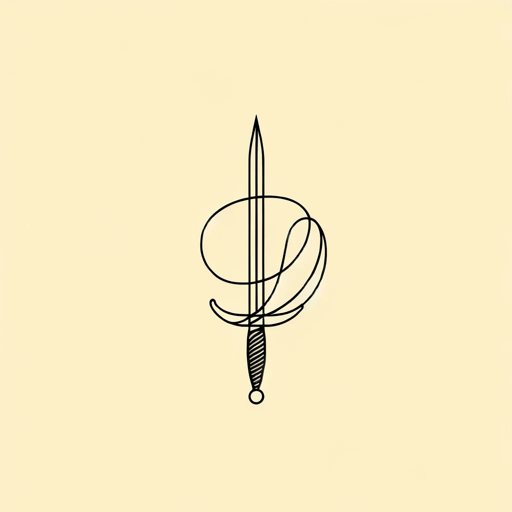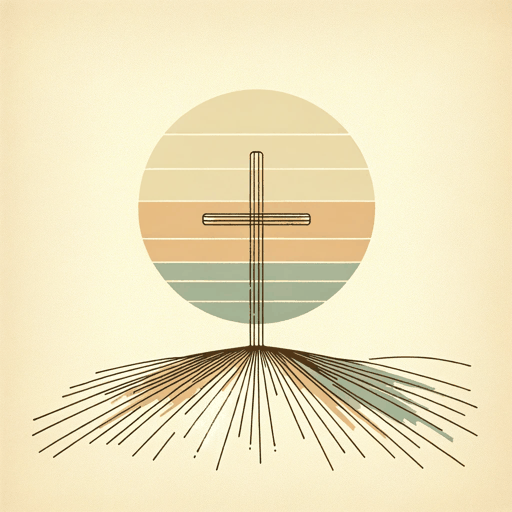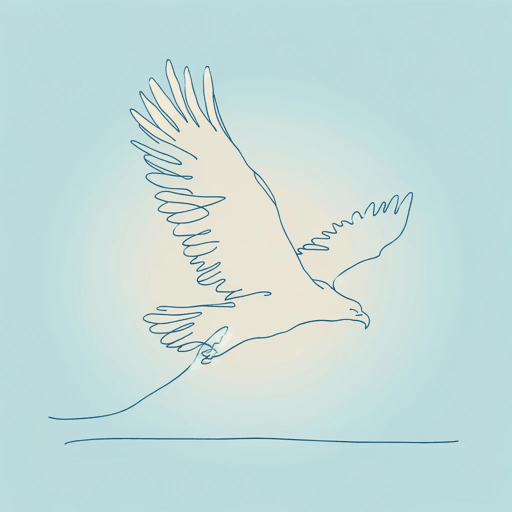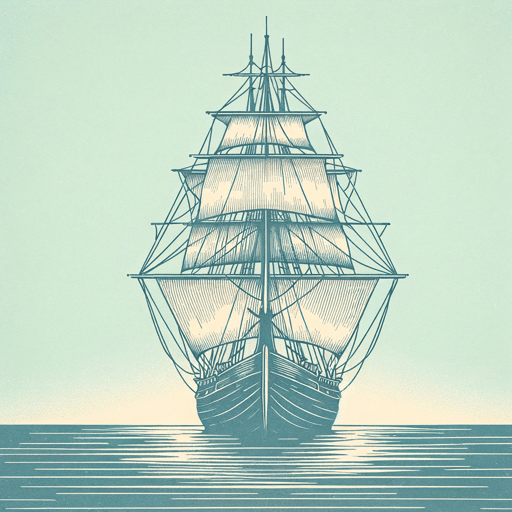22 pages • 44 minutes read
Alfred, Lord TennysonThe Charge of the Light Brigade
Fiction | Poem | Adult | Published in 1854A modern alternative to SparkNotes and CliffsNotes, SuperSummary offers high-quality Study Guides with detailed chapter summaries and analysis of major themes, characters, and more.
Background
Literary Context
At the height of his fame, Tennyson was regarded as an eminent Victorian poet. He was noted for his poetic diversity, writing long narratives like The Idylls of the King (1892), ballads like “The Lady of Shallot” (1842), and short lyrics like “The Charge of the Light Brigade” (1854). His most famous poem during his lifetime was his elegy to his friend Arthur Henry Hallam, In Memoriam A. H. H. (1850), which includes several famous lines, including “Tis better to have loved and lost / Than never to have loved at all” (Canto 27, Lines 15-16). This poem brought comfort to many Victorians dealing with death and loss, including Queen Victoria. Many of Tennyson’s political works were written during the period of his tenure as poet laureate, in his official capacity, including “The Charge of the Light Brigade.” However, the poets of subsequent eras did not particularly value Tennyson. They regarded him as a part of previous generations that condoned more conservative values. For them, he was outdated, too married to rhyme and meter, too sentimental, and/or too likely to glorify war or patriarchal convention. Since then, however, he has been given a more balanced view by poets and critics.
Related Titles
By Alfred, Lord Tennyson







